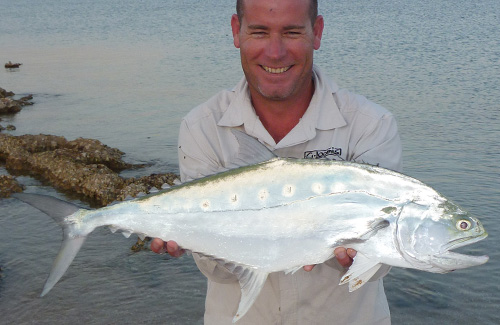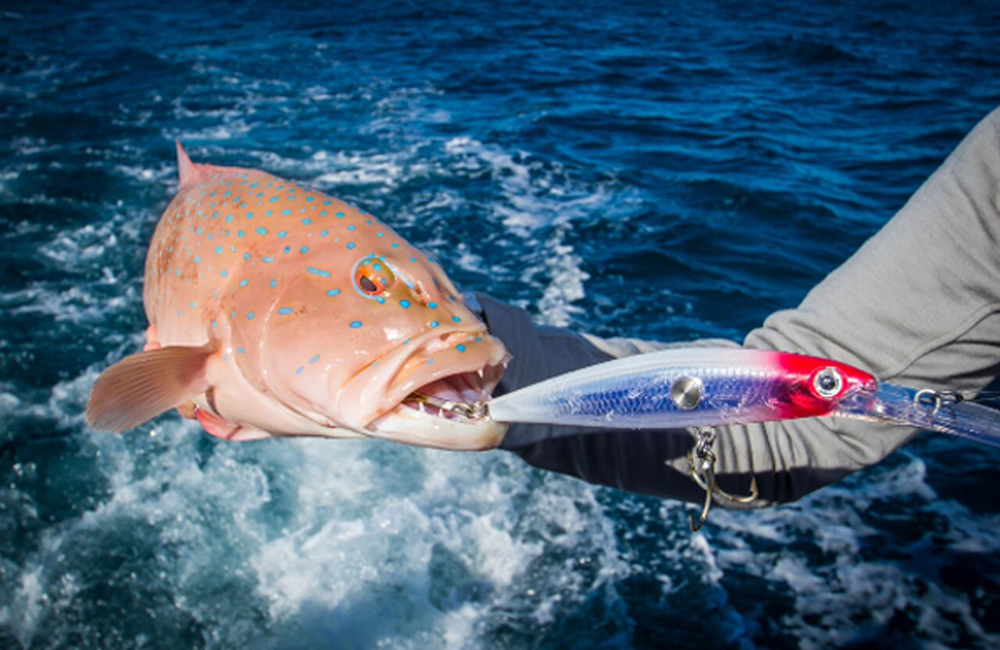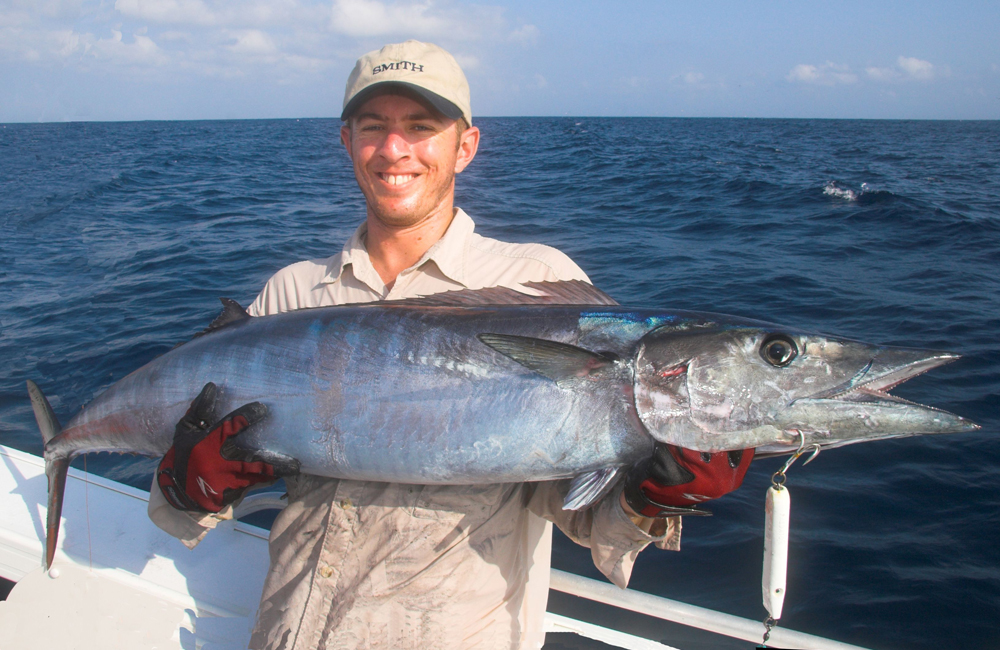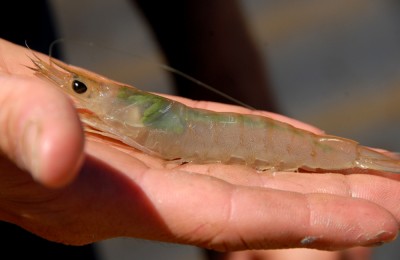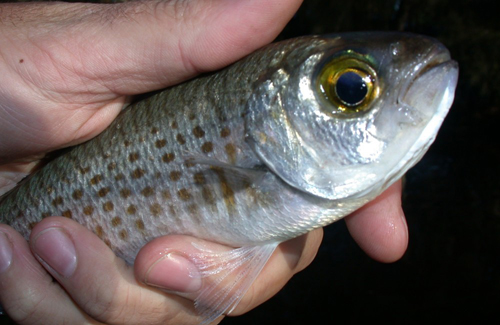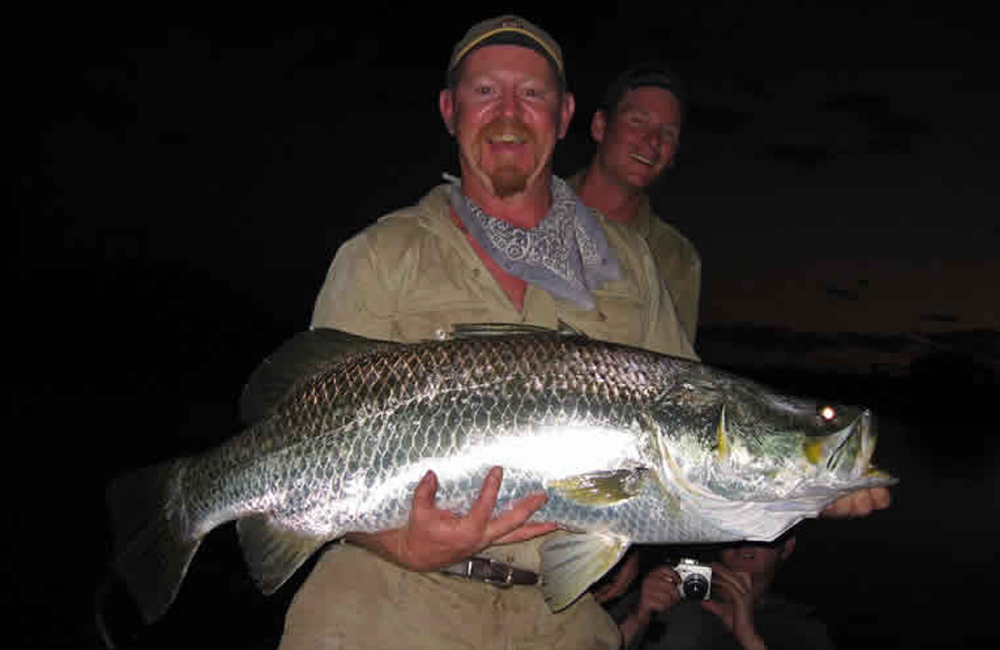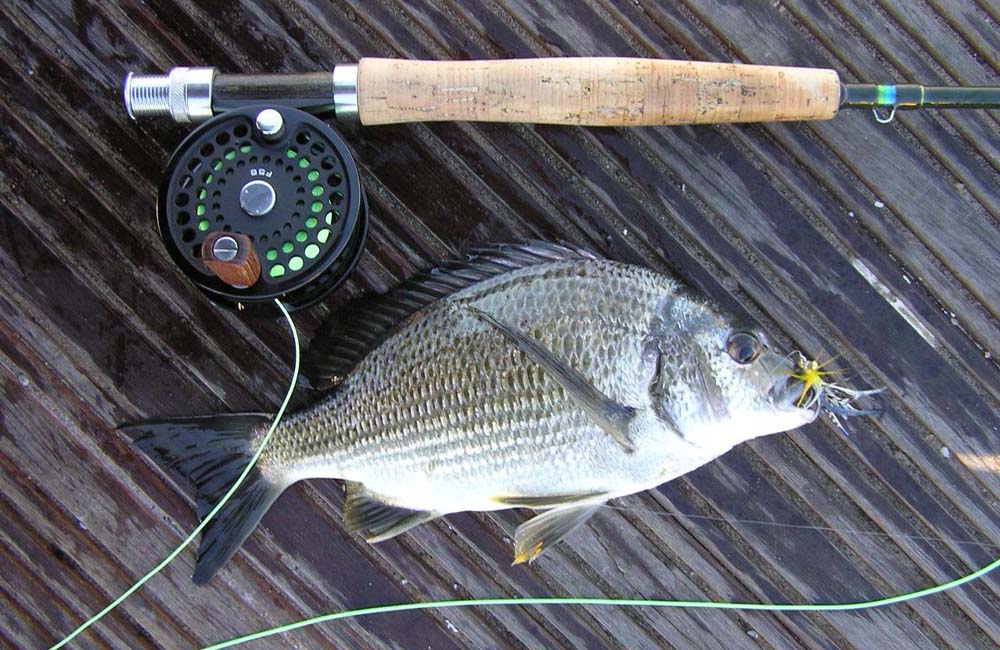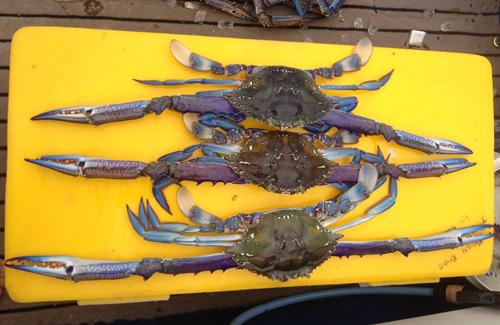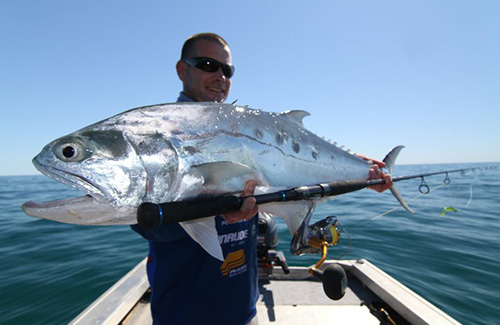
How to Catch Queenfish
Rigs and Techniques
Queenfish are not dirty fighters, often spending a lot of time in the air hooked. In fact, they are a fine sportfish, combining acrobatics with dogged determination.
Braided or mono line around 6-8 kilos is ample for even the biggest queenfish. A light spin rod capable of casting small lures is perfect for the job.
Although they are often caught in big sizes and sometimes attack lures with suicidal abandon, there are times when queenfish will be quite choosy and prefer smaller lures. While they will take fish baits, for most anglers the best way to target queenfish is with lures, and in particular poppers and stickbaits.
Watching queenfish crash surface lures is enthralling. Sometimes they will dart all around lures without striking, which means it is time for a change. If using a surface lure, this may mean a sub-surface offering and they will take minnow lures. Varying the retrieve is another good option. Small metals and lead-head jigs are other good options. Fly fishing is popular for queenfish, and soft plastics also work. Crushing the barbs is advised if the fish are to be released.
Queenfish can be quite flighty and move around a lot. One moment they will be everywhere and the next they will have seemingly disappeared. A good time to target them is around the turn of the tide and they often likes areas where there are strong currents, causing eddies and rips. In shallow flats areas, they will move up into surprisingly shallow water as the tide rises.
Check out our Weekly Fishing Forecast for fishing reports for Perth and the rest of WA.
QUEENFISH FACTS
Other names
Queenie, leatherskin.
WA Distribution
Found from the border of the Northern Territory in the north down to the top end of Shark Bay in the south, although they are most common from Exmouth north. They are mainly an offshore species found in shallow water around reefy areas, but will often turn up in estuaries and creeks. They are often found cruising shallow sand flats.
Description
A classical northern sportfish, queenfish are easily identifiable, although there are four individual species in WA waters. Long and sleek, they are a stunning silver and all have a row of blotches along their side. They are a darker shade, almost greenish, across the upper back. They have a prominent dorsal and anal fin. A unique feature of the queenfish is how its mouth reaches back past the eye, with the gillrakers starting just inside the mouth. This means they can often be hooked very close to the gills and need to be carefully unhooked if they are to be released. They can be tricky to handle, as they have sharp spikes on their stomach and back.
Queenfish grow to around 15 kilos, but are most commonly encountered around half that size. Any fish over a metre long is considered a good capture.
